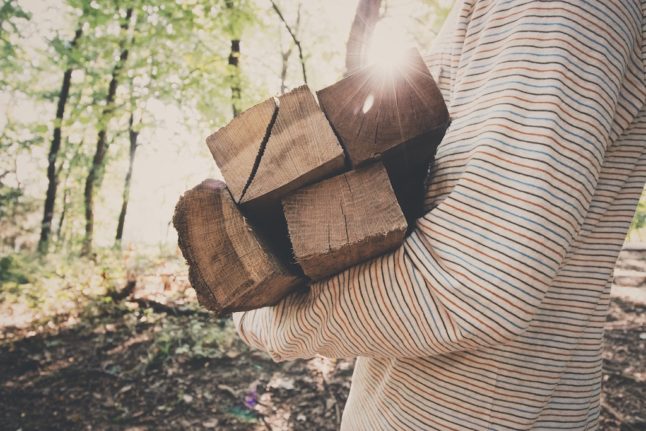The goal is for Spain to become Europe’s leading hydrogen producer using renewable sources instead of fossil fuels to curb greenhouse gas emissions and create jobs, he said.
“The Spanish government is firmly committed to green hydrogen,” the Socialist premier said at a ceremony in Toledo, just south of Madrid.
His government expects the outlay will stimulate €8.9 billion of mainly private-sector investment to develop the technology by 2030.
Madrid has already received over 500 “green hydrogen” project proposals from energy firms, a government statement said.
Creating “green” or emissions-free hydrogen is seen as a key step towards developing sustainable energy sources and slashing carbon emissions.
One reason for the strong interest in hydrogen technology is when used to fuel motors, the only emission is water vapour.
But it is expensive to produce and the electricity needed generates a lot of carbon dioxide emissions or other pollutants.
Green hydrogen is produced via electrolysis — an electrical current passing through water — with wind, solar or hydro-electric power providing the electricity.
Europe in particular is anxious to get a handle on the new and still costly fuel, having missed the boat on solar and battery technology, which is dominated by China.
Experts predict green hydrogen using renewable energy will soon plunge in cost and become cheaper than natural gas in many areas.
US engine maker Cummins announced Monday it would spend €50 million to build one of the world’s biggest electrolyser plants for the production of green hydrogen in Spain.
The plant, which will be built in the central region of Castilla-La Mancha, is expected to open in 2023.
“Spain offers a strong and dynamic local environment for hydrogen production, and we are excited to invest,” said Cummins chairman Tom Linebarger.
Spain is set to receive 140 billion euros — half in direct payments, half in loans — from the 750 billion-euro recovery plan adopted by EU leaders last year as the economy reeled under virus lockdown restrictions.




 Please whitelist us to continue reading.
Please whitelist us to continue reading.
Member comments